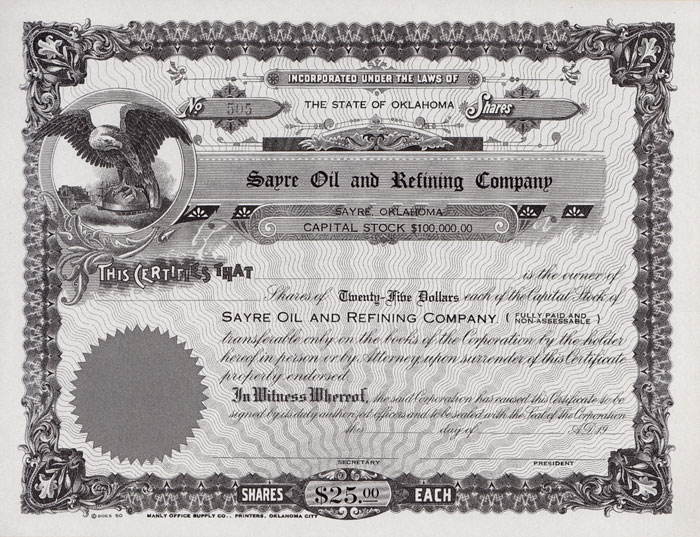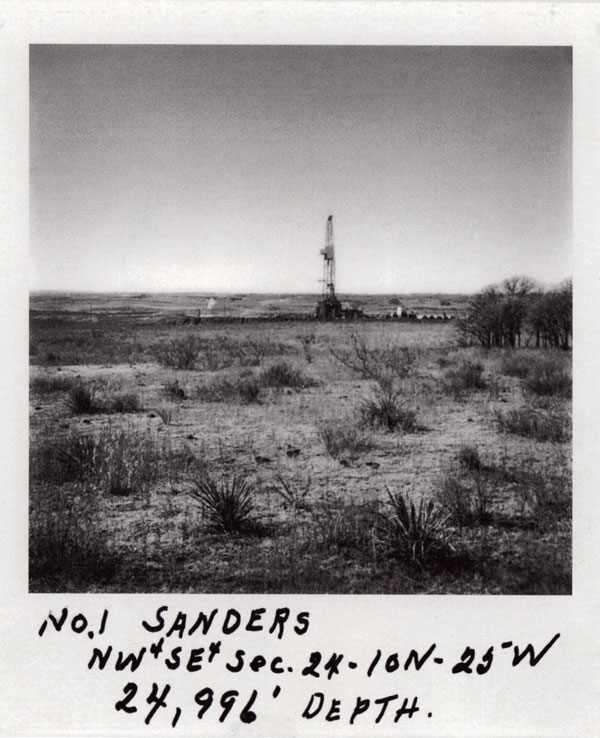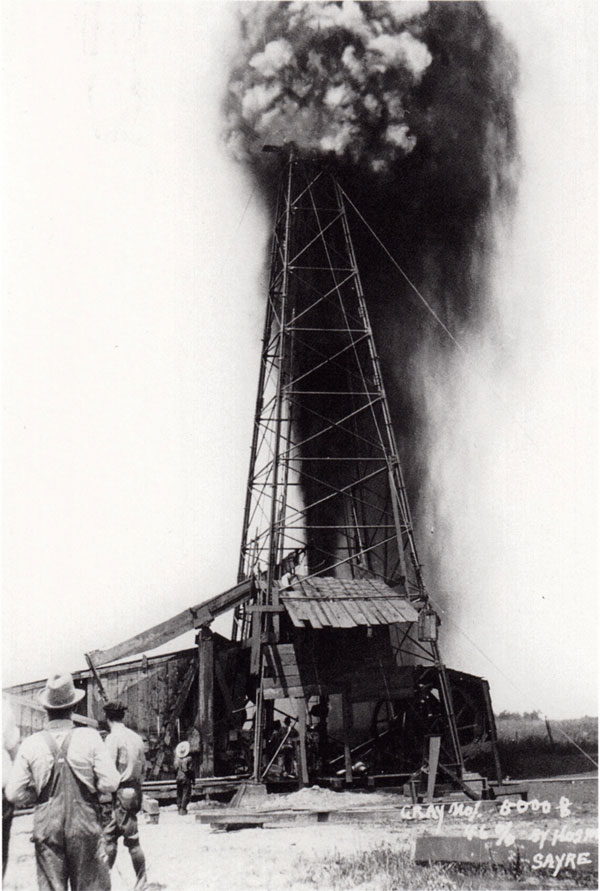Sayre
Oil and Refinery Company
In 1924, Daddy was one of the organizers of the Sayre Oil and Refinery Company. They drilled several shallow wells south of Sayre (south of the North Fork of Red River) and first got oil production at about 2,500 feet depth. But after a few years saltwater started displacing the oil. In desperation, they sold half of their interest to Ramsey Petroleum Company. Later, to try to expand their field, they brought in Cap Poarch, who had consolidated some mineral leases. They drilled on these leases and got some good gas production, but then the market for gas disappeared. Eventually, they worked a deal to sell gas to a new carbon black plant formed by another group. They sold the natural gas for three-quarters of a cent per 1,000 cubic feet. Gas much later in the 1970s was selling at a price 1,000 times as high. The oil/gas field eventually became depleted but was still being used for gas storage in the 1970s.
But imagine the vision of Daddy, this early entrepreneur and the absolute vertical integration of his business. He started out giving driving lessons which led to auto sales, which led to sales of gasoline. From that chain, he went into oil wells, then developed a refinery with gasoline fractionating, which culminated in sales of petroleum by-products. Other people at that time were involved in the new concept of mass-produced automobiles. In 1926, Henry Ford’s Model T was selling in Sayre for only $400 and had a self-starter. It had previously sold for several times that amount.
During the late 1920s, Daddy closed out his garage and the Sayre Oil and Refinery Company which had never been very profitable; he concentrated on the more profitable brokerage of oil and gas leases for the remainder of his career.“Thar she blows!”
The south Sayre oil field was ushered in when Rubana Oil Company’s number one Gray well gushered in 1922. For a few years Sayre was in a boom-town status. Crowded with fortune seekers, wheelers and dealers, fits and misfits—a conglomerate citizens never had dealt with before. It did not take them long to learn the ropes and the transition was almost peaceable.
An oilman called “Dry Hole’”Wilson was one of those who lost a fortune, which some said was over a million dollars. He lived in a tent he had pitched on the west side of Short Creek, near the Main Street bridge.
A slide projected on the Liberty Theater screen asked viewers to contribute to the Dry Hole Wilson fund at the box office.




